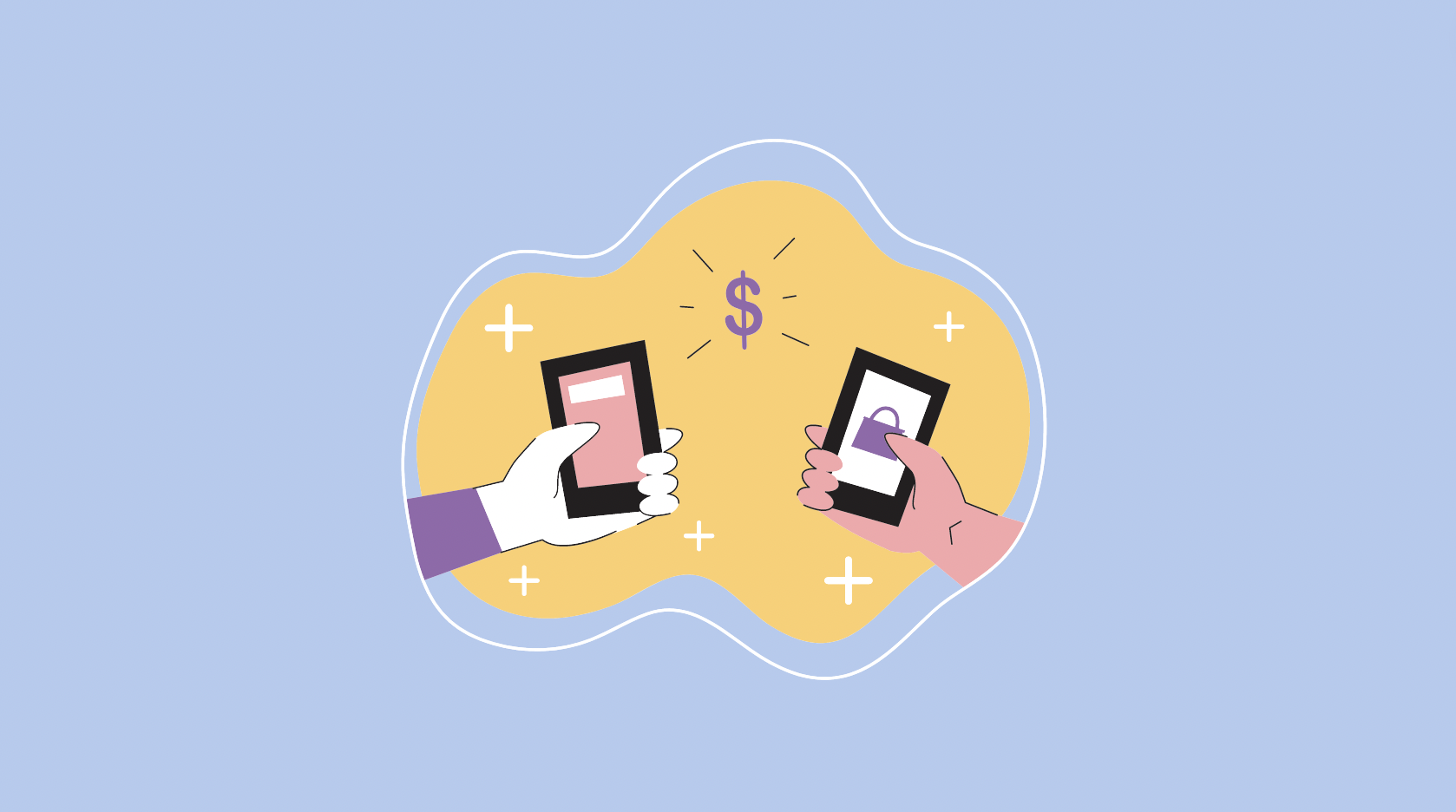Data Snacks
Data Snack: Digital authentication is a hard nut to crack for banks
- The age of passwords seems to be giving way to more frictionless mechanisms like biometrics or behavioral analysis.
- Passwords, biometrics and Face ID are the computer engineer’s answer to traditional and real-world authentication processes.








